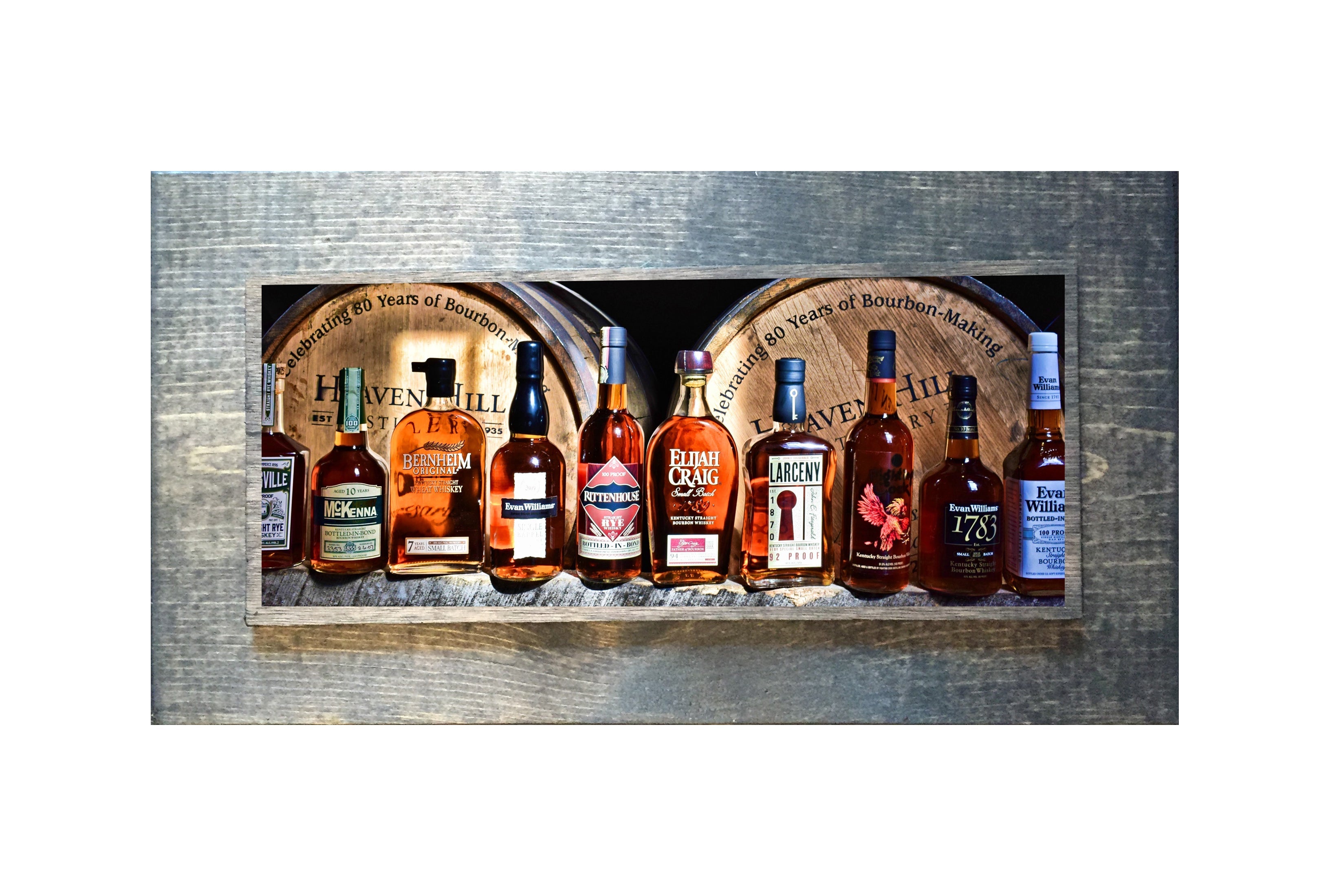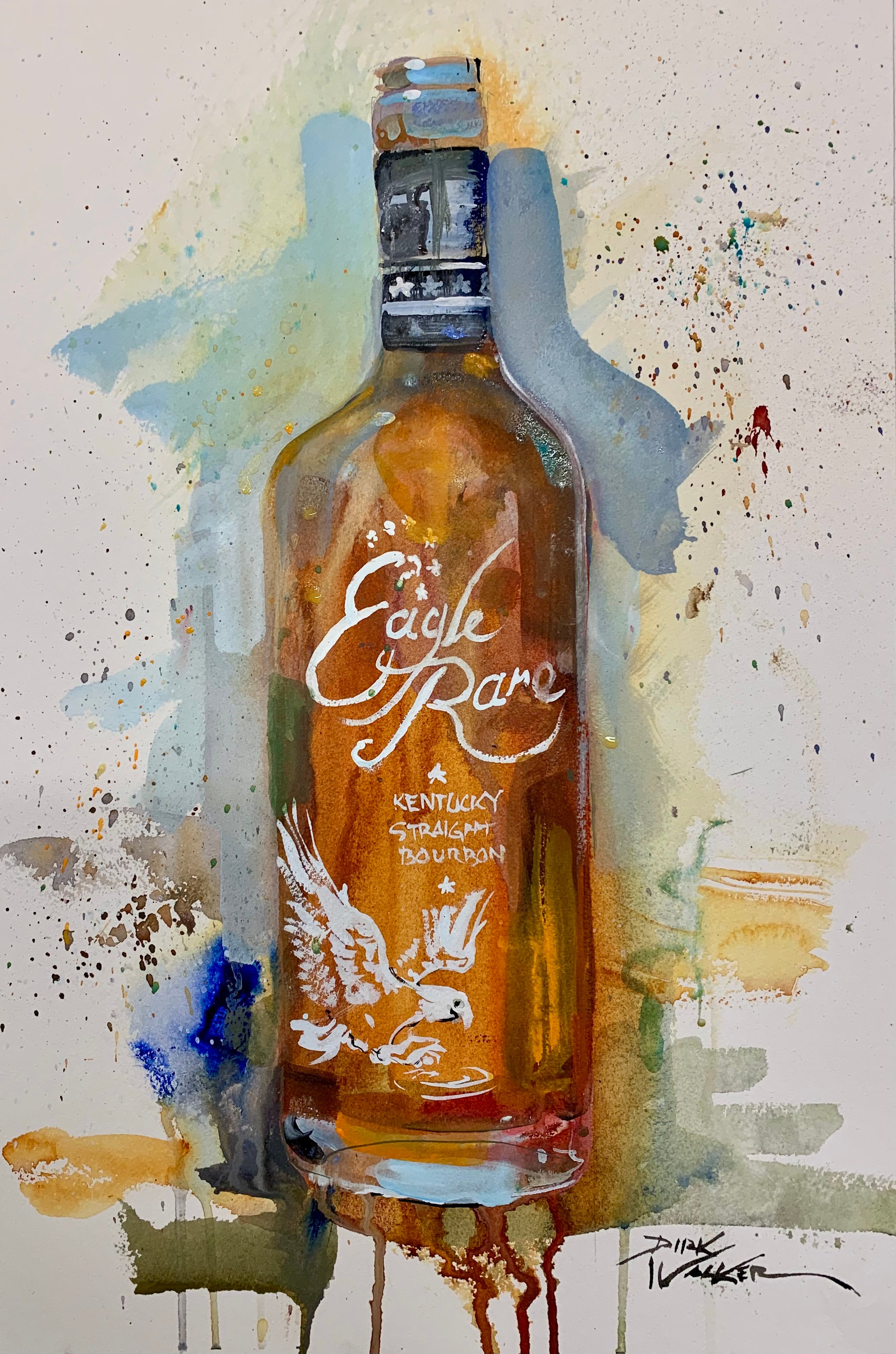Realism Art in the Whiskey Market: Portraying Moments of Distillation
Realism Art in the Whiskey Market: Portraying Moments of Distillation
Blog Article
The Value of Whiskey Art in Celebrating Heritage and Craftsmanship in the Beverage Sector
The detailed partnership between scotch art and the event of heritage and workmanship within the beverage industry can not be overstated. Via thoughtfully made tags and bottles, bourbon brands envelop their historical roots and the artisanal abilities that define their manufacturing approaches.
The Historic Origins of Whiskey
At the heart of bourbon's appeal lies an abundant tapestry of historic origins that map back to old civilizations. The beginnings of whiskey can be connected to the purification methods of the Sumerians and Babylonians around 2000 BCE, where very early kinds of fermented grain drinks began to arise. Nonetheless, it remained in the Center Ages that the art of distillation advanced substantially, especially in Ireland and Scotland, leading to the development of bourbon as we understand it today.
The term "whiskey" itself originates from the Gaelic word "uisce beatha," indicating "water of life." This phrase highlights the social importance of scotch in Celtic cultures, where it was often connected with routines, celebrations, and common bonding. By the 15th century, distillation ended up being an identified craft within reclusive neighborhoods, leading the way for the facility of legal distilleries.
As profession paths expanded, whiskey's appeal grew, going beyond regional limits and recording the rate of interest of connoisseurs worldwide. Limited Edition. This historical trip reflects not only the workmanship behind scotch production but likewise its indispensable role in cultural and social contexts, marking it as a substantial beverage throughout history
Artistic Expression in Branding
Bourbon branding stands as an engaging crossway of creativity and business, where aesthetic identification plays an essential role fit consumer understanding. The aesthetics of bourbon tags, packaging, and marketing products show not just the brand's story however likewise its core values and heritage. With creative expression, distilleries communicate a narrative that resonates with consumers, stimulating emotions and triggering connections.
Using shade, typography, and imagery in branding offers to distinguish items in a saturated market. For instance, standard themes may evoke a sense of authenticity and workmanship, while modern designs can symbolize development and forward-thinking. This calculated imaginative instructions improves brand name acknowledgment and commitment, permitting customers to build a personal partnership with the whiskey they pick.
In addition, imaginative expression in branding typically serves as a celebration of local heritage. Distilleries frequently incorporate regional symbols or historical references right into their layouts, developing a local color that invites consumers to participate in a broader cultural experience. Ultimately, the creativity behind whiskey branding not only enhances aesthetic appeal however likewise enhances the overall story of the brand, promoting a much deeper recognition for the craftsmanship and heritage ingrained in each bottle.
Workmanship in Container Design
The creativity noticeable in scotch branding extends past aesthetic identification to encompass the craftsmanship associated with container layout. Each bottle serves as a vessel not simply for the spirit within, yet likewise for the story it outlines its beginning, practice, and high quality. The design procedure requires careful attention to information, as aspects such as closure, product, and shape add dramatically to the general perception of the bourbon.
Workmanship in bottle style involves picking top notch glass that can improve the bourbon's shade and clearness, while also supplying a responsive experience for the customer. The shape of the container must be both useful and aesthetically appealing, usually reflecting the heritage try these out of the brand. Many distilleries go with unique shapes or embossed logos that evoke a sense of authenticity and background.
In addition, the label style and typography play an essential role in communicating the brand's story. Bourbon Art. A well-crafted bottle not only mesmerizes the customer's eye yet likewise enhances the brand name's dedication to quality and practice. In this method, the craftsmanship of bottle design ends up being an important aspect of the whiskey experience, combining virtuosity with an extensive respect for heritage
Cultural Significance of Whiskey Art
Celebrating practice and workmanship, the social value of bourbon art transcends plain looks, linking with the social and historical stories of the areas where it comes from. Each bottle functions as a canvas, showing the distinct tales, mythology, and traditions that have actually shaped regional whiskey-making methods. The detailed designs usually show the heritage of the distillers, including symbols and themes that resonate with the culture and worths of their communities.

In addition, whiskey art plays an essential duty in communal celebrations and celebrations, working as a substantial web link between individuals and their shared experiences. By appreciating the virtuosity in scotch product packaging, customers cultivate a deeper understanding and regard for the craft, eventually improving their pleasure of the beverage itself.
Modern Trends in Bourbon Presentation
In recent times, the presentation of scotch has actually advanced to show modern tastes and patterns while still recognizing conventional craftsmanship - Bourbon Art. Distilleries are significantly concentrating on visual aspects that boost the total alcohol consumption experience, linking the void in between heritage and modernity
Cutting-edge container designs have actually arised, often incorporating lasting materials and creative labels that inform compelling stories. Many brands currently collaborate with regional musicians, infusing their products with one-of-a-kind aesthetic expressions that resonate with customers. Additionally, limited-edition launches are usually packaged in collectible containers, adding worth and appeal for lovers.

Verdict
In final thought, whiskey art acts as a vital channel for sharing the heritage and workmanship inherent in the drink sector. Through complex branding, cutting-edge bottle styles, and culturally considerable artistic components, whiskey brand names successfully recognize their customs and attach with customers. This imaginative narrative not only elevates the recognition of scotch yet also reinforces neighborhood identity and satisfaction amongst manufacturers. Inevitably, scotch art plays a necessary role in preserving and celebrating the abundant read more social tapestry of whiskey-making.


Craftsmanship in bottle design entails picking high-quality glass that can boost the bourbon's color and quality, while additionally providing a responsive experience for the over here customer. In this method, the craftsmanship of container design becomes an essential element of the scotch experience, combining creativity with an extensive respect for heritage.
In verdict, whiskey art offers as a vital avenue for sharing the heritage and craftsmanship integral in the beverage market.
Report this page